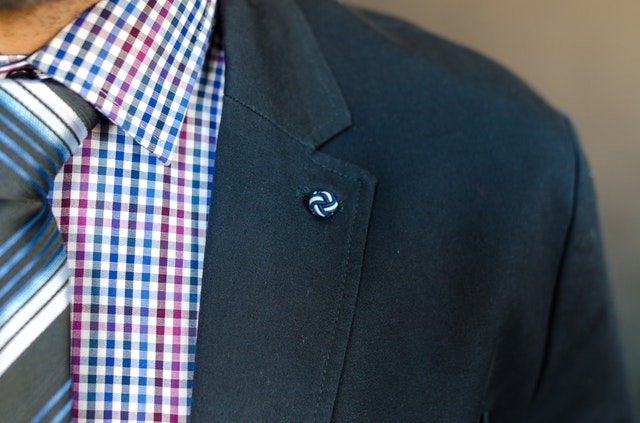Originally published in Inc.
Although no one will see it on your resume, letterhead, or business card, you have a personal brand. To figure out what that brand is, start by asking co-workers, spouse, children and acquaintances what words they think of when they work with you.
I recall trying this with my own kids and learning two things I didn’t expect.
They all said, “Dad thinks gray is the ‘best’ color.” (In other words, since he drives a gray car, has gray suits and his hair is getting gray, he must see the world as gray.) My brand – at least for my kids – was boring, conservative, predictable, and all business.
Several of them had also noticed a behavioral trait they translated into a brand attribute, “Dad eats M&M’s, then Slim-Fast.” (In other words, he’s inconsistent.) My brand, for the young people I was hoping to shape, was that I was either superficial, a hypocrite, or a quick-fix artist.
I didn’t like either assessment as an expression of brand attribute – so I bought a yellow car and stopped drinking Slim-Fast. Seriously, though, it made me think. When I decided my brand was less than ideal and leading to outcomes I didn’t want, I came up with three mantras I needed. Yours will, of course, be different. But for me, I needed for several years to remind myself:
- I have all I need.
- It’s not about me (it’s about the mission).
- I am not my emotions.
I recited these mantras until they became a habit, rewriting my personal operating system around issues of neediness, egocentricity and natural responses.
The odds are that if you were to accumulate your own brand attributes you’d find a few adjectives appearing around positive and negative themes with some predictive clustering.
If the clusters don’t match what you aspire to — as with my kids — don’t punish those who tell you. Thank them and tell them what you’re doing to work on whatever changes you’d like to make. After all, this is only the starting point.
Since one of the best ways to assess another’s brand is to observe them in “moments of truth” — how they respond to reversals, deal with uncertainty, and manage awkward situations — expect that your own brand will be evaluated when you’d least like an assessment. You don’t get to choose when or how your reputation will be set in the minds of others. What is sure, though, is that it will follow you — and precede you. It will be what is most reliable about you. In a word, it is your “promise.”
Another way to think about your brand is that it’s a measure of power. Those habitually drawn to you — whether as friends, family or customers — tell you something about your brand. If you’re collecting people you don’t like and admire — or customers that you can’t build on — consider managing your brand with a new personal operating system that will allow you to keep great (and lose bad) customers, maintain valuable (and eliminate destructive) relationships, and have lower (or higher, depending) acquisition and transaction costs.
A caveat: If you’re just trying to manage a brand as if it were separate from your underlying truth, or if you think you can “project a brand” to get ahead, you may survive for a season in the world of politics or entertainment; but, in the world of commerce, you’ll likely end up with a brand that’s plastic, ephemeral, transparent, inauthentic — the definition of a damaged brand. To build a great personal brand, you must be authentic and consistent. A great, caring and competent brand requires you to become a great, caring and competent human being.
___________
Joel C. Peterson is the chairman of JetBlue Airways and a professor of business at Stanford University in Palo Alto, CA.

